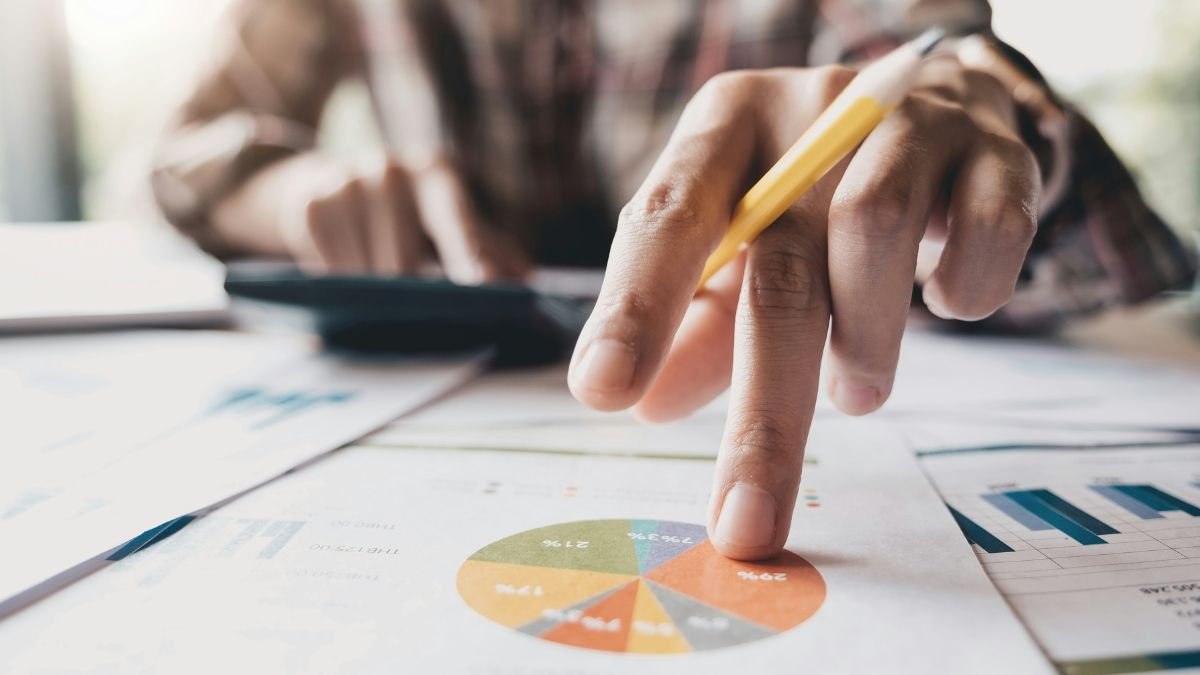President Joe Biden has announced another round of student loan forgiveness, granting relief to over 150,000 borrowers. This latest decision brings the total number of borrowers who have had their student loans canceled during his administration to over 5 million. If you are wondering who qualifies and how this impacts you, let us break it down.
Who qualifies for the latest round of student loan forgiveness?
The new relief package is intended for various categories of borrowers, including:
- Victims of school fraud: Over 80,000 borrowers initially misrepresented or defrauded by their school regarding a loan are now eligible for the loan deletion.
- Individuals with disabilities: More than 60,000 borrowers dealing with the plight of total permanent disability are now within receiver effects.
- Public service employees: Over 6,000 working men and women in classes providing services to the public—for example, teachers and firemen—now benefit from approvals of their home loans under the Public Service Loan Forgiveness program.
These categories is created by the Biden administration to prioritize debtors who have suffered unique hardship or were wronged in the education system.
Read more: Are private student loans forgiven after 20 years?
How does the Biden administration make loan forgiveness possible?
While President Biden’s initial plan for widespread student loan forgiveness was struck down by the Supreme Court in 2023, his administration shifted its focus to improving and expanding existing programs. These programs provide targeted relief to borrowers who meet specific criteria.
Some of the key programs used for this round of forgiveness include:
- Public Service Loan Forgiveness (PSLF): Public servants have 10 years of qualifying payments before allowing them to discharge remaining debts.
- Income-Driven Repayment (IDR): Most borrowers who have spent more than the statutory repayment period find their student dues forgiven due to the recent amendments on the identification errors in IDR regulations.
- Relief granted to defrauded borrowers: In fact, the Education Department has been working actively on many such cases that are being addressed in the higher education system for providing relief to such fraud victims.
Why is this student loan forgiveness significant?
More student loans have been canceled by the Biden government than by any other U.S. administration. The President himself said: “Since Day One of my Administration, I promised to ensure higher education is a ticket to the middle class, not a barrier to opportunity.”
The latest relief efforts reflect this commitment, targeting borrowers who are often the most financially vulnerable. Since Biden took office:
- 1.7 million victims of fraud have had their loans forgiven.
- 1 million public service workers have benefited from PSLF.
- 663,000 individuals with disabilities have seen relief.
What about borrowers who are still waiting for relief?
If you are not among those who will be forgiven for their loans, there is no need to worry; there are other options you can try to pay off your loan. The Educational Department supports and advises borrowers in this category to look out for programs like PSLF and IDR, which you can try. Also, there is the Recovery Rebate Credit, which you can apply for, especially if you are currently facing financial issues. All these options can help reduce your financial responsibility.
The Supreme Court has placed a limit on future loan forgiveness plans; however, the Biden administration is still on the lookout for various means to help you pay off your loan.
Continue reading:
Trump and Vance’s take on student loan forgiveness: “It’s a working-class issue”
